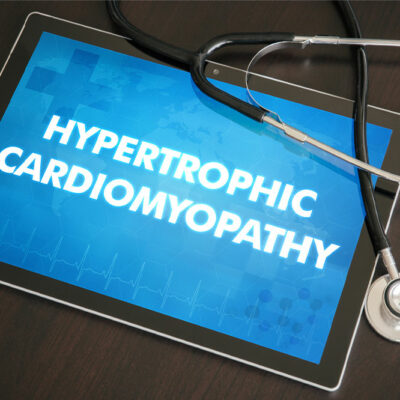
Myelodysplastic syndromes – Symptoms, causes, and management options
Myelodysplastic syndromes are a group of disorders that result in the body’s inability to produce healthy blood cells. Known to be a rare type of cancer, the syndromes primarily affect the elderly, especially those over the age of 65. However, it can affect the younger population as well. The most common and early symptoms are fatigue and shortness of breath. Here are a few signs and available treatments for myelodysplastic syndromes. Symptoms of myelodysplastic syndromes Myelodysplastic syndromes (MDS) can develop without any symptoms in the early stages. They can be detected by general blood tests. The most common symptom is anemia. Patients may also experience other symptoms like: Breathing problems Constant fatigue despite adequate rest Pallid skin Excessive bruising and bleeding Petechiae, which are extremely small spots of bleeding under the skin Fever and frequent infections One should consult a doctor if any of these symptoms persist for a long time. This will help identify the underlying cause and help a person get the best treatment available. The causes of MDS MDS develops due to problems in the process of blood cell formation. When understanding the cause of MDS, one should also be aware about the role of the bone marrow.





